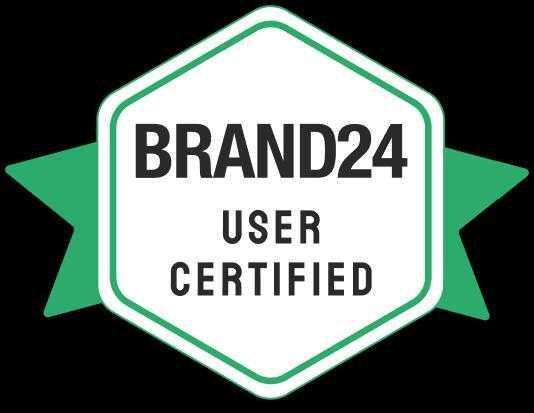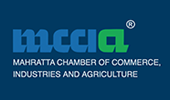Breastplates are pieces of riding equipment that attach to a horse's saddle and pass over the horse's chest, helping to keep the saddle in place and prevent it from slipping back. While breastplates can help ensure horse and rider safety, some safety considerations should be considered. Here are a few things to keep in mind:
- Proper fit: The breastplate should fit the horse properly to prevent discomfort or rubbing. A poorly done breastplate can cause chafing, sores, and pain for the horse, leading to resistance or behavioural issues.
- Use appropriate attachments: Make sure that the breastplate is attached correctly to the saddle and that any straps are appropriately adjusted to ensure the breastplate is secure. If the breastplate is not connected correctly, it could cause the saddle to slip or shift, leading to a fall or injury.
- Don't overtighten: Avoid over tightening the breastplate, which can restrict the horse's breathing and movement. A too-tight breastplate can also cause discomfort and make it difficult for the horse to move comfortably.
- Regular maintenance: Regularly check the breastplate for wear and tear and promptly replace any damaged or worn parts. This will help to ensure that the breastplate is functioning correctly and providing the necessary support.
- Proper training: It is essential to properly train your horse to wear a breastplate before using it during riding. Introduce the breastplate gradually and calmly, and reward the horse for cooperating. Ensure the horse is comfortable wearing the breastplate and does not cause undue stress or discomfort.
By following these safety considerations, you can help ensure that using a breastplate while riding is safe and comfortable for you and your horse.
While looking for safety, a poor breastplate can make all your precautions go in vain. Here are some signs of a poor breastplate that you should look for while selecting the right breastplate for your horse.
- Poor fit: If the breastplate does not fit well, it may not provide adequate protection. It may also be uncomfortable to wear and restrict movement of your horse.
- Weak material: A breastplate made of low-quality materials may not be able to withstand the impact of a sudden movement and hence may leave your horse vulnerable to injury.
- Rust or corrosion: If the breastplate is made of metal and shows signs of rust or corrosion, it may be weakened and less effective at providing protection and thus increases the risk of further injuries to your horse.
- Cracks or dents: A breastplate that is cracked or dented may have already been compromised and may not be able to withstand further impact or any jolt.
- Loose straps or buckles: If the straps or buckles on the breastplate are loose or damaged, the breastplate may not fit securely, making it less effective at protecting your horse.
- Lack of certification: A breastplate that has not been certified by a reputable safety organisation may not meet safety standards and could potentially fail in a dangerous situation.
Security is not an only issue of a poor breastplate, it can cause following issues that may pertain for a long time.
- Compromised mobility: If a breastplate is too heavy or does not fit well, it can restrict movement and limit mobility, which can be dangerous in combat or other physical activities.
- False sense of security: Wearing a poorly made or ill-fitting breastplate may give a false sense of security, leading your horse prone to unnecessary risks or becoming complacent about its safety.
- Increased risk of accidents: A breastplate that is poorly constructed or made from low-quality materials may break or fail during the ride increasing the risk of accidents and injury.
- Inadequate protection against projectiles: A breastplate that does not cover the entire upper body of your horse, makes your horse more susceptible to accidents or projectile threats such as falling or stumbling.
A bad breastplate can significantly increase the risk of injury. It is important to choose a breastplate that is well-constructed, fits properly, and meets safety standards to ensure maximum protection and minimise risk.
The Ashva is committed to offering your horse the highest quality breastplate and other accessories. You may not need to worry about poor quality accessories for your horse and can groom it with The Ashva anytime without any fret.
They provide a large selection of horse equipment and accessories, such as bridles, breastplates, halters, and martingales. Go through their collection of stylish, high-quality leather products. To learn more about The Ashva, visit their website or contact them with any questions you may have about their products.
.webp)















